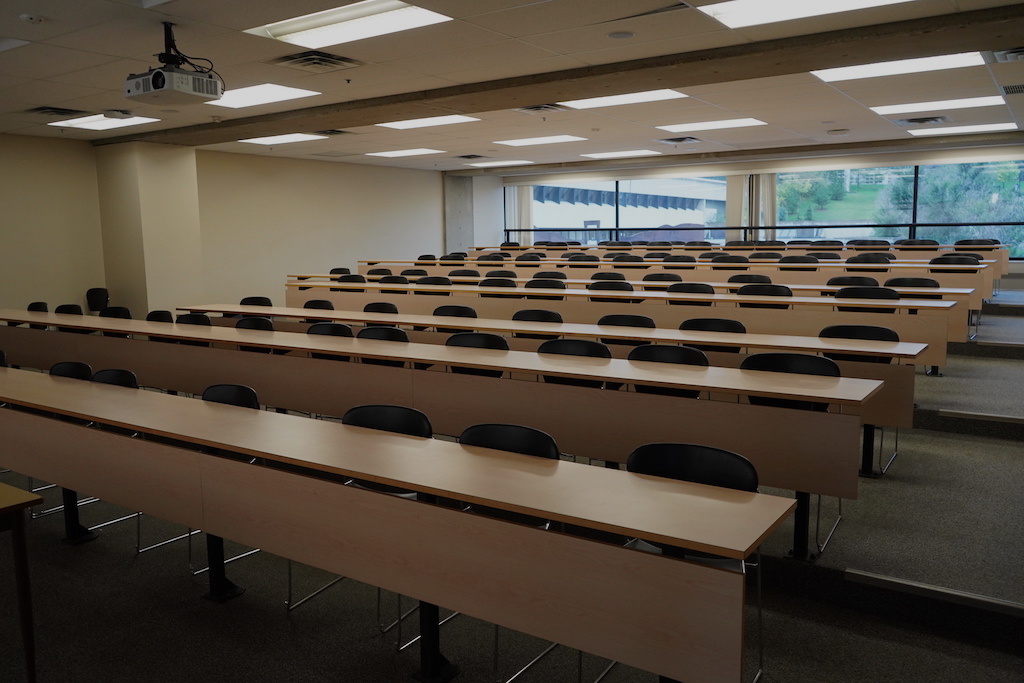In a Strada Education Network article, “What Will Reconnect Disrupted Learners to Education?,” Paul Fain writes that the number of learners whose education was disrupted by the COVID-19 pandemic a year ago but who intended to return to education within six months has decreased.
Last year, Strada Education Network’s Public Viewpoint survey reported that approximately 90% of people who disrupted their education plans because of the pandemic enrolled or intended to enroll within six months. One year later, that percentage has declined 20 points to 70%.
Strada Education Network recently hosted a webinar about their research. Joining Strada’s director of research Andrew Hanson were Linda Garcia, executive director of the University of Texas Center for Community College Student Engagement and Su Jin Gatlin Jex, executive director of California Competes.
During the Strada discussion, Andrew Hanson stated that the decrease in students planning to return to college is a national crisis since forgoing college completion is a walk away from the path to upward mobility, career advancements, the realization of potential, and achievement of lifelong goals.
Ms. Garcia added that the UT Center had uncovered similar findings about the impact of the pandemic on prospective college students. In their study, one-third of learners had changed their education plans. In addition, many students are struggling with barriers such as not being able to afford childcare or college.
The Strada panelists agreed to three important steps that college leaders can take to improve student retention. These steps are:
- Customize wraparound supports and guidance to meet students where they are.
- Prioritize more resources for faculty member to help students reconnect. This effort should include part-time faculty members.
- Harness the potential of the moment. The Biden administration intends to fund a free community college education for all. In addition, some states are flush with cash and intend to increase college funding as well. Colleges should take advantage of funding today as the funding could disappear later.
None of these findings are surprising to me. Having studied the college attendance and persistence patterns of working adult students studying online for the past two decades, there are myriad reasons why students drop out. While the majority of students probably fall within 6-10 similar reasons for taking a break from college, the list of overall explanations is very long.
That’s why it’s important to customize wraparound supports and guidance for each student versus providing a standardized response. At American Public University System (APUS), we refer to this support as being student-centric. That shift is not easy for institutions that look at their student body as a homogenous group or that focus on prescriptive solutions without looking at individual student needs.
Involving all faculty members in the process of engaging students is vital. While this solution may seem self-evident, many institutions assign student engagement responsibilities to staff instead of faculty.
Lastly, in a year when federal funding for higher education may be at an all-time high, it makes sense that institutions should use the money to focus on improving student persistence. More students persisting in their education equal more students who are graduating. More students graduating equals more students sharing their positive experiences with potential students. Increasing the potential student pool during a period when the demographics are declining is a positive.
I like all of these recommendations. The real question is how many institutions will follow through and enact all three recommendations.
My guess is that less than half of those higher ed institutions will do so. Change in higher education comes slowly. Those who pivot quickly will likely prevail.











